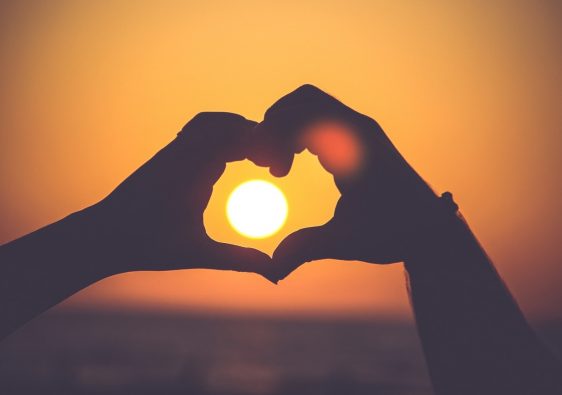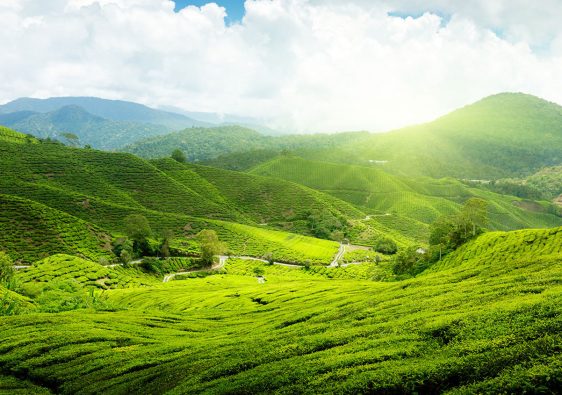Home to an extraordinary archaeological heritage that spans over a thousand years, Easter Island is one of the world’s most remote inhabited places, some 3,700 kilometers off the coast of South America.
Culture, adventure and a paradise destination to rest are just a part of what awaits you on Easter Island. Come discover its intriguing moai and the authentic spirit of this culture still present in its people!
Here are the 5 Best Places to Visit on Easter Island.
1. Rano Raraku

Rano Raraku is a volcanic crater formed of consolidated volcanic ash or tuff, that is located on the lower slopes of Terevaka in the Rapa Nui National Park on Easter Island in Chile.
Did you know? Between the twelfth and fifteenth centuries, Rano Raraku was the main quarry for the massive monolithic sculptures, known as moai, created by the Rapa Nui people. So, here you can see the silent spectators of Rapa Nui’s past: the world-famous moai, giant sculptures made of compacted volcanic ash.
There are more than 1,000 of them all around the island and 400 of them can be found at the quarries of the Rano Raraku Volcano.
Don’t forget to visit its surroundings, as for many this is the most mystical place of Rapa Nui (Easter Island). From here you can enjoy a panoramic view of the Ahu Tongariki, the largest ceremonial center of the island with at least 15 standing moais.
2. Anakena
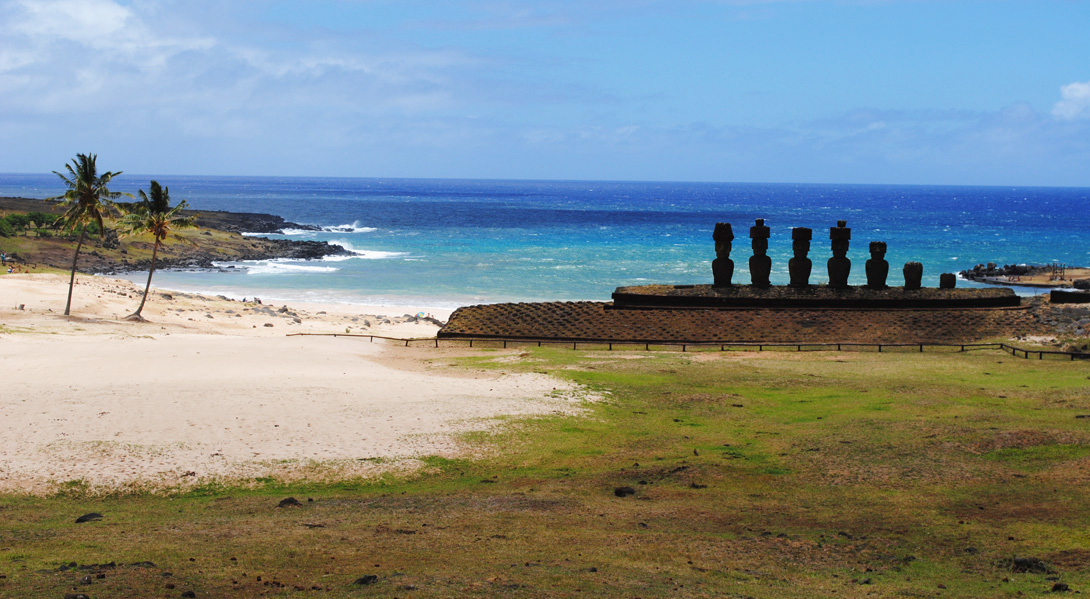
Anakena is a white coral sand beach in Rapa Nui National Park on Rapa Nui, a Chilean island in the Pacific Ocean where you can enjoy the warm, calm, and turquoise waters of this beach, with white coral sand and palm trees, set in the foreground of the two Ahus and their Moai. Or else, enjoy the sun and swim by the shore, as this is the only beach on the island officially open for bathing.
Relax by the seaside kiosks, where you can try tuna empanadas and the traditional poe, a sweet pudding prepared with pumpkin and flour.
Anakena is also known as Haŋa rau o te ‘ariki – The bay of the king
, named after how the first Rapa Nui king Hotu Matu’a disembarked here a thousand years ago when the island was first populated. This was where King Hotu Matu’a built his first house, and forevermore Anakena remained the sacred land of the royal family.
Anakena’s unique landscape you can’t miss at all while traveling to Easter Island.
3. Rano Kau
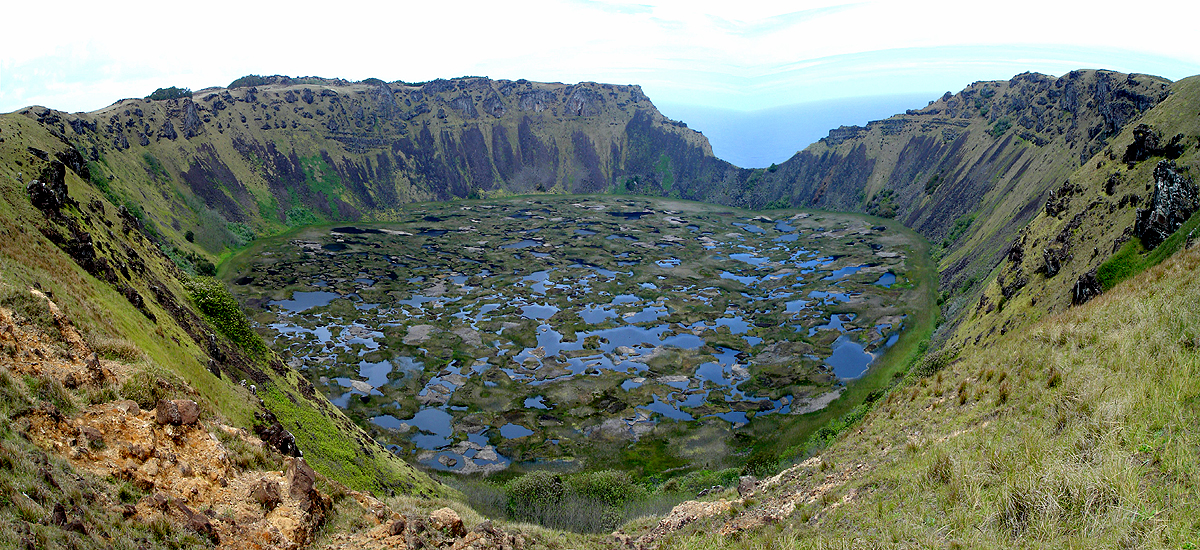
Rano Kau is a 324 m tall extinct volcano that forms the southwestern headland of Easter Island, a Chilean island in the Pacific Ocean that was formed of basaltic lava flows in the Pleistocene with its youngest rocks dated at between 150,000 and 210,000 years ago. It is one of the most beautiful and impressive natural settings that can be admired on Easter Island.
So, discover the largest volcanic crater on Rapa Nui (Easter Island)! The spectacular eruption of Rano Kau, over two and a half million years ago, was one of the three that gave life to this magical island located in the middle of the Pacific Ocean.
With a diameter of over one kilometer, this amazing crater holds a beautiful freshwater lagoon. The sensation of immensity and silence, interrupted only by the wind, the distant sound of the waves, and the occasional squawking of seabirds, makes Rano Kau one of the favorite and unforgettable places for visitors.
You can also observe the small totora islands and the lush vegetation and microfauna in the water and please don’t forget to visit the ceremonial village of Orongo on the western side of the volcano.
4. Orongo
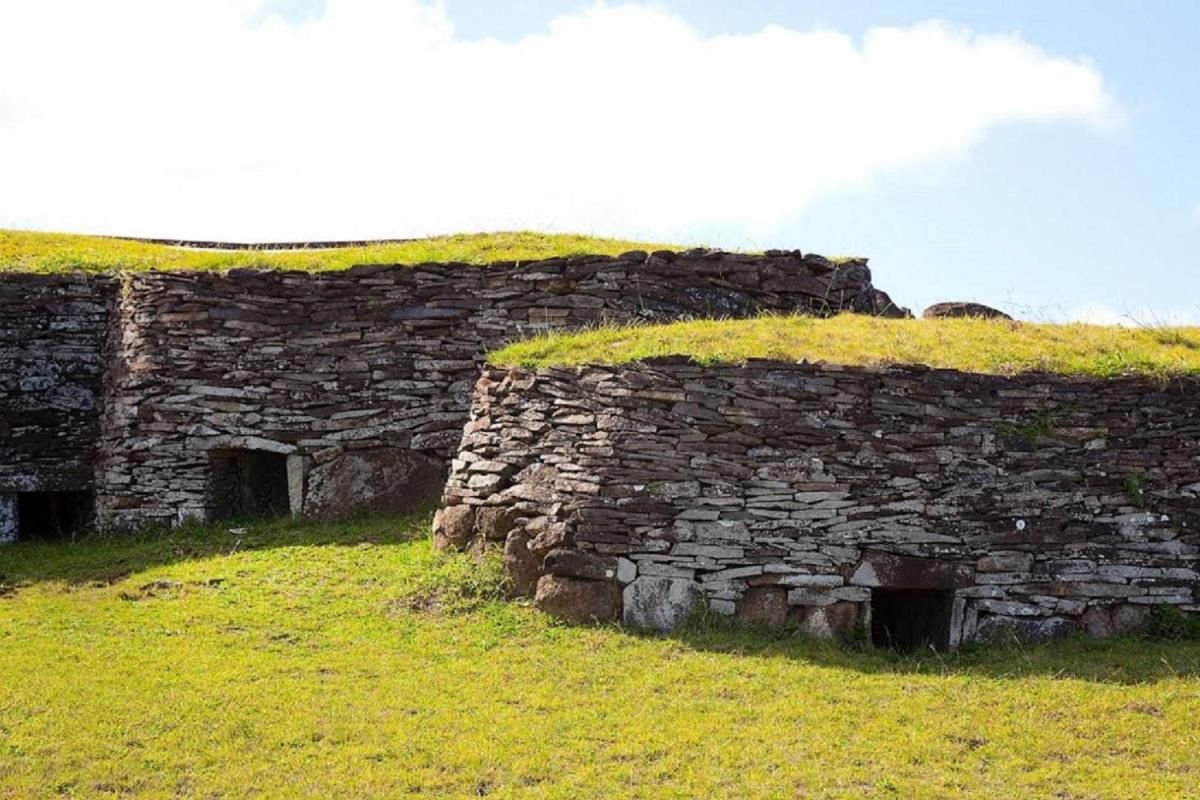
Orongo is a stone village and ceremonial center at the southwestern tip of Rapa Nui that consists of a collection of low, sod-covered, windowless, round-walled buildings with even lower doors positioned on the high south-westerly tip of the large volcanic caldera called Rano Kau.
53 houses built with flat stones make up this ceremonial village, that hides rocks with petroglyphs that symbolize fertility: the birdman Tangata Manu and the Make Make, the main divinity for the Rapa Nui culture.
To reach Orongo, you must go by the Rano Kau volcano crater, its shape is outlined above the sea and is simply overwhelming. Enjoy the legends of their strong warriors directly from the islander’s mouths and discover their magical lands on horseback.
So, the ceremonial village of Orongo is one of the most interesting and spectacular archaeological sites on Easter Island where an ancient ritual that still inspires the competitions of the Tapati Rapa Nui festival took place. So, don’t miss to explore it.
5. Hanga Roa
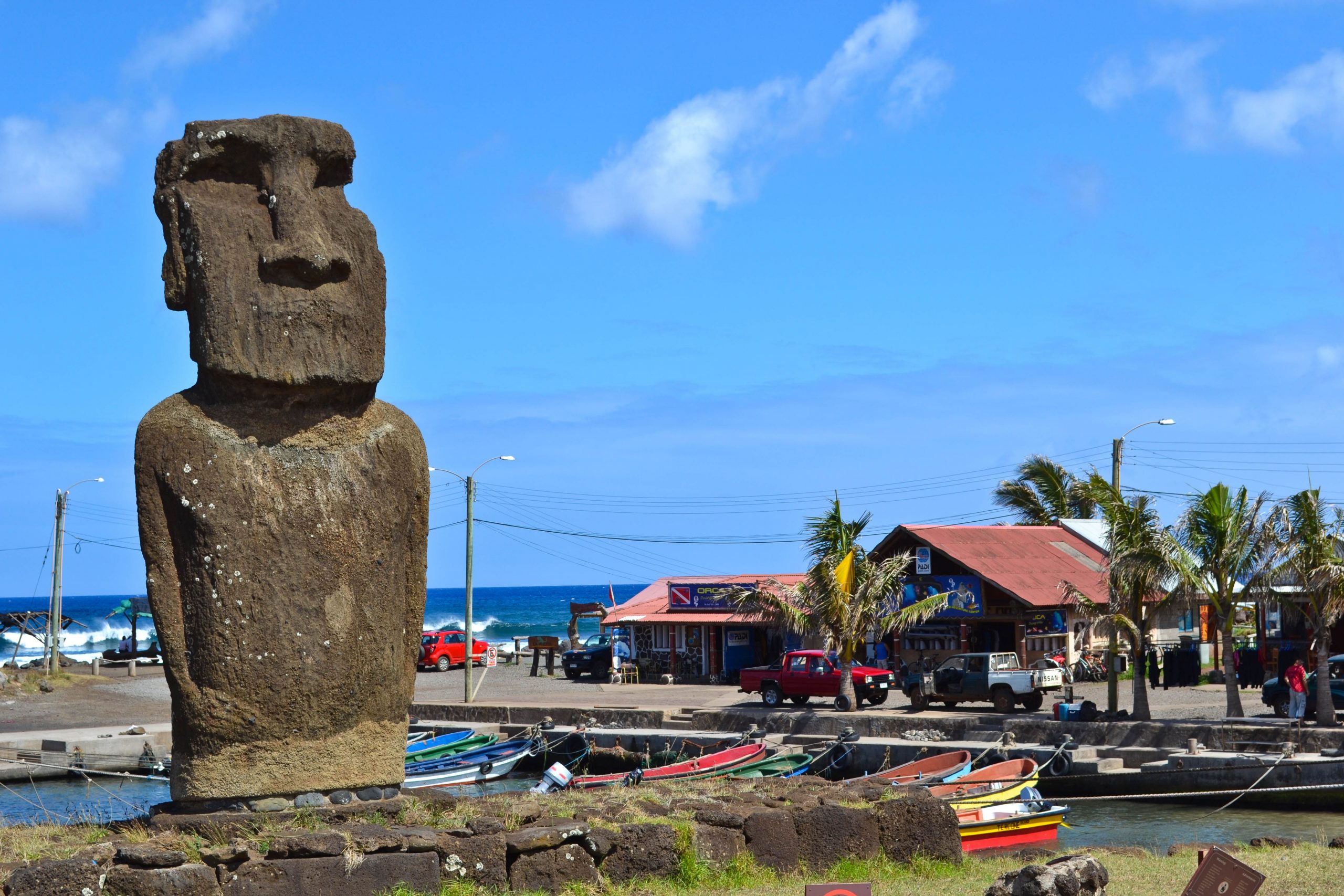
Located in the southern part of the island’s west coast, in the lowlands between the extinct volcanoes of Terevaka and Rano Kau, Hanga Roa is the main town, harbor, and capital of Easter Island whose population of 3,304 comprises 87 percent of the total population of the island.
Did you know? Hanga Roa is the only urban center that exists on Easter Island. Here is where the main social, economic, and cultural activities of Rapa Nui are developed and where almost all its inhabitants reside.
At Hanga Roa, you can walk around town and enjoy the never-ending company of the sea breeze. Get lost in its little streets and you’ll certainly be surprised by a restaurant or a craft shop.
You can’t miss out on the cove, where you’ll find diving schools, coffee shops, and ice-cream parlors with an ocean view. Sit down and enjoy the sunset on the terrace.
Discover all there is to experience at Hanga Roa. From spacious rooms to a relaxing spa and gourmet cuisine, the choices are yours! Inside the hotel or in contact with nature, you choose how to live your experience.


